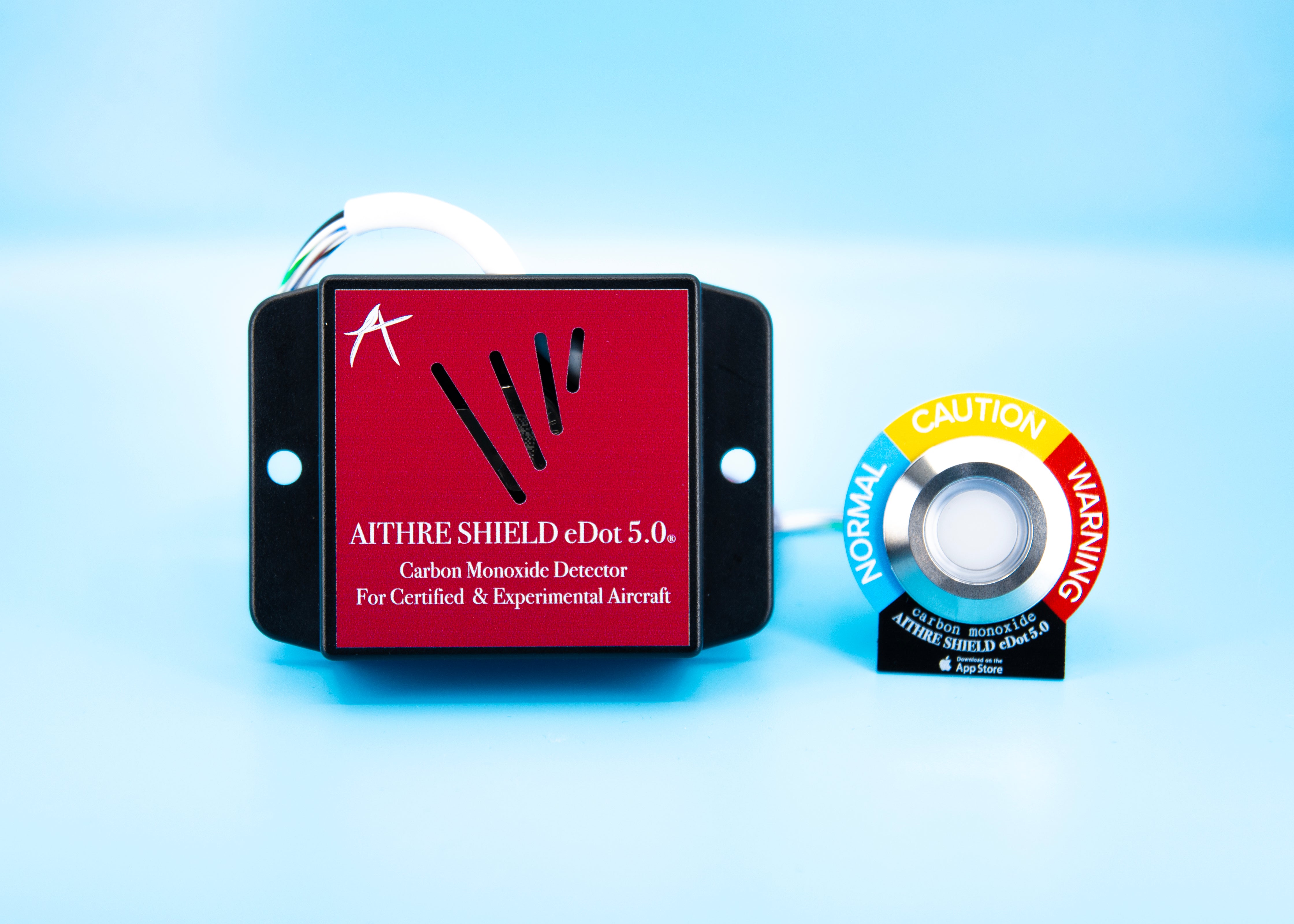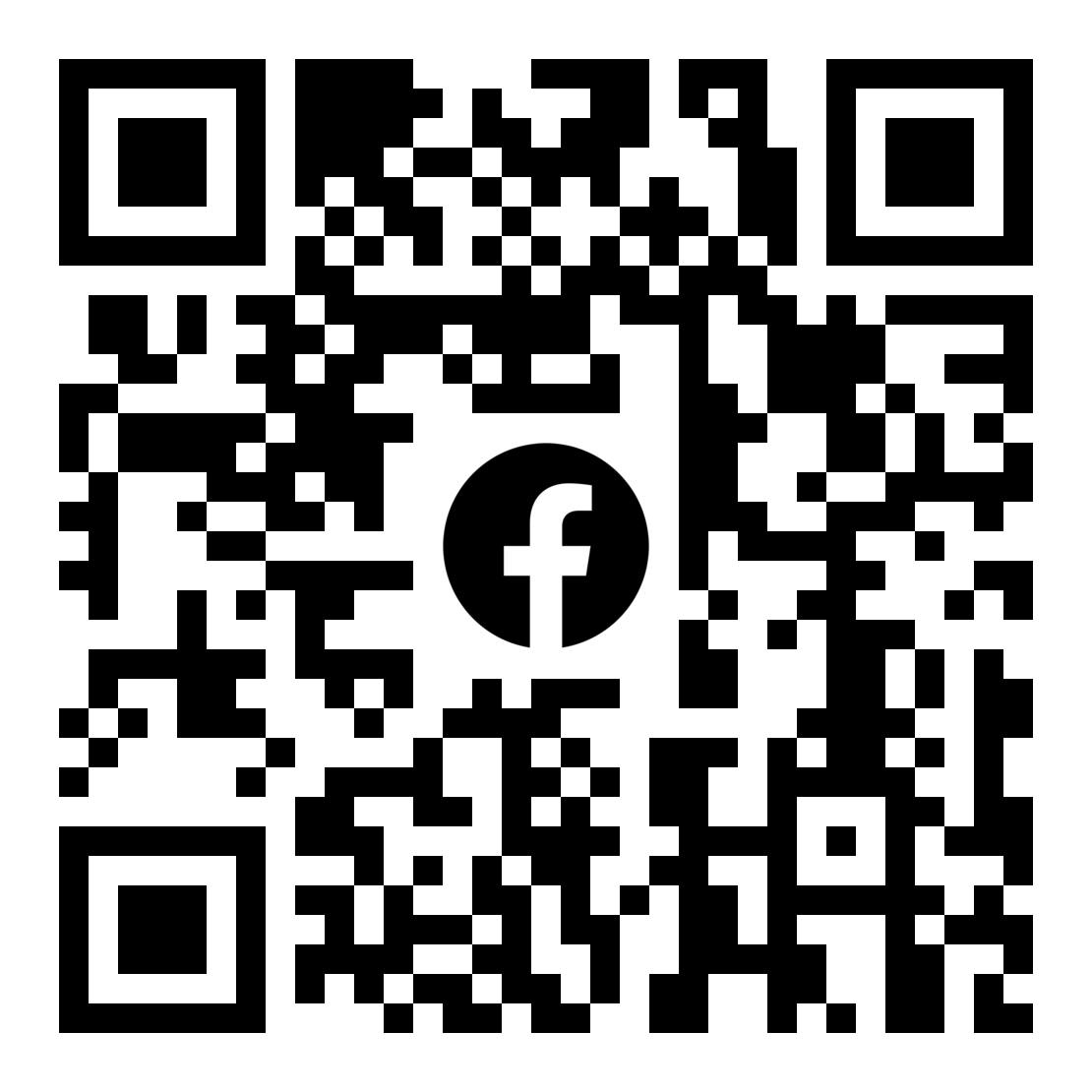During our current time of the pandemic, the world has been asked to social distance yourself to help keep others safe and healthy. If you find that you need to fly for a health related mission/essential tasking or if are able to take a safe solo/ immediate family flight, here are some prudent safety measures that can be taken. Always follow your community, local, state and federal guidelines on social distancing and stay in place orders, and review the CDC guidelines.

Coronavirus and How it is Spread:
The Coronavirus is a part of a large family of viruses that are known to cause respiratory illness in humans from common cold to severe respiratory syndrome. The virus can spread from people who do not appear or feel sick. The virus spreads through droplets that are launched through the air when someone coughs, sneezes or talks. These droplets can enter the nose, mouth, and eyes of people who are close by as they travel through the air. The virus is also spread when these droplets land on surfaces, which then we come in contact with and then touch our face, mouth, nose and eyes.

Health Check:
The first step is to make sure you are healthy enough to fly and are not experiencing any known symptoms of the coronavirus. The AOPA offers a Medical Self-Assessment Tool online for general health, and the CDC Symptoms of Coronavirus offers clear information as well as a self-check online tool. These tools are meant to be used a guide, not a medical diagnosis. Anyone with suspected symptoms should take steps to prevent spreading of the virus to others in the home and community, and seek medical advice if have a fever and other symptoms such as cough or difficulty breathing.
Health and Altitude Considerations:
It is a stressful time with coronavirus concerns and safety. It is not surprising that stress can affect your body, such in such ways as increased heart rate, increased blood pressure and reduced blood oxygenation. Altitude also has well known effects on your blood oxygenation: atmospheric pressure decreases as altitude goes up and oxygen molecules spread out, decreasing the availability of oxygen. This means lower blood oxygenation, i.e. lower pulse oximetry the higher you go. The body will increase breathing and heart rate to try to bring more oxygen into the body, this is a part of how the body compensates. Preexisting heart or lung conditions affect how effectively the body can compensate, keep these in mind when going up in altitude. Consider using a pulse oximeter, carrying oxygen and equipment, and setting flight altitude maximums. Consult your physician if you have specific health concerns in regards to altitude.

Social Distancing:
Also, make sure you are maintaining social distancing guidelines in regards to meet-ups and interactions with others around the airfield and hanger, as well if a mask/scarf is indicated with closer interactions. The current CDC recommends that it is imperative that everyone keeps at least 6 feet from another person (non-immediate family member), not to gather in groups and to avoid crowded places. They have also recommended cloth masks (non-surgical) in areas where it may be difficult to keep social distancing measures.

Contact Measures:
When pumping gas, use gloves that you dispose with after pumping or make sure you have hand sanitizer or can wash your hands right after. Avoid touching common surfaces such as key pads, gates, gas pumps, etc. and then touching your face, car, aircraft door handle or cockpit until after you have washed your hands or used hand sanitizer with at least 70% isopropyl alcohol.

Cleaning and Disinfecting Airplane Surfaces:
If you must utilize a shared or rented aircraft, make sure you wipe down the hard non-porous surfaces inside the cockpit to include, buttons, knobs, yokes, etc with a 70% or greater isopropyl alcohol solution or with soap and water if appropriate per CDC guidelines. For softer surfaces like leather hand rest or cloth, you can utilize soap and water or an appropriate cleaner for that surface or consult the EPA’s list of Approved Coronavirus Disinfection Products if you have any questions regarding a product or it’s drying time. For electronic screens, follow the manufacturer’s instructions, or if none given, clean with 70% isopropyl alcohol solution, drying the surface completely. Cleaning and disinfecting your airplane even if it is not shared can be an important step to helping to curb your exposure to the virus, as everyone who is infected is not always symptomatic, and you would not know if you or your immediate family member were a carrier. Avoid sharing headsets, and do not share oxygen equipment such as facemasks or nasal cannulas, as they are very difficult to disinfect properly and the coronavirus causes respiratory illness.
As we all work together to flatten the curve, utilizing these simple yet intentional steps can help to reduce exposure to the virus and its spread. For the latest information and guidelines about the Coronavirus and more information about disinfection and cleaning, visit the CDC Coronavirus 2019 Information Page.
Jessica Stephens, RN, BSN, Healthcare Advisor/Consultant. Jessica served in the U.S. Army Nurse Corps as a multi-trauma combat casualty/neurosurgical care nurse during the height of 9/11 as well as an ICU Nurse with the 48th Combat Support Hospital during JTF Hurricane Katrina at the only functioning hospital in New Orleans. Her past work has been with veterans with spinal cord injuries on a national level through a non-profit organization.
Content Sources: The World Health Organization Coronavirus Information
The Centers for Disease Control and Prevention Coronavirus
Institute for Altitude Medicine
*Note all coronavirus information in this article is taken from guidance from the CDC and WHO. This article is not to take the place of local, state, and federal government guidance or stay in place orders. Please refer to your local healthcare provider if you have concerns about contracting the coronavirus or suspect that you or love one may have the virus. Visit the CDC Coronavirus 2019 Information Page and the WHO for the most up-to-date information as well your local, state, and federal governments and FAA websites.







